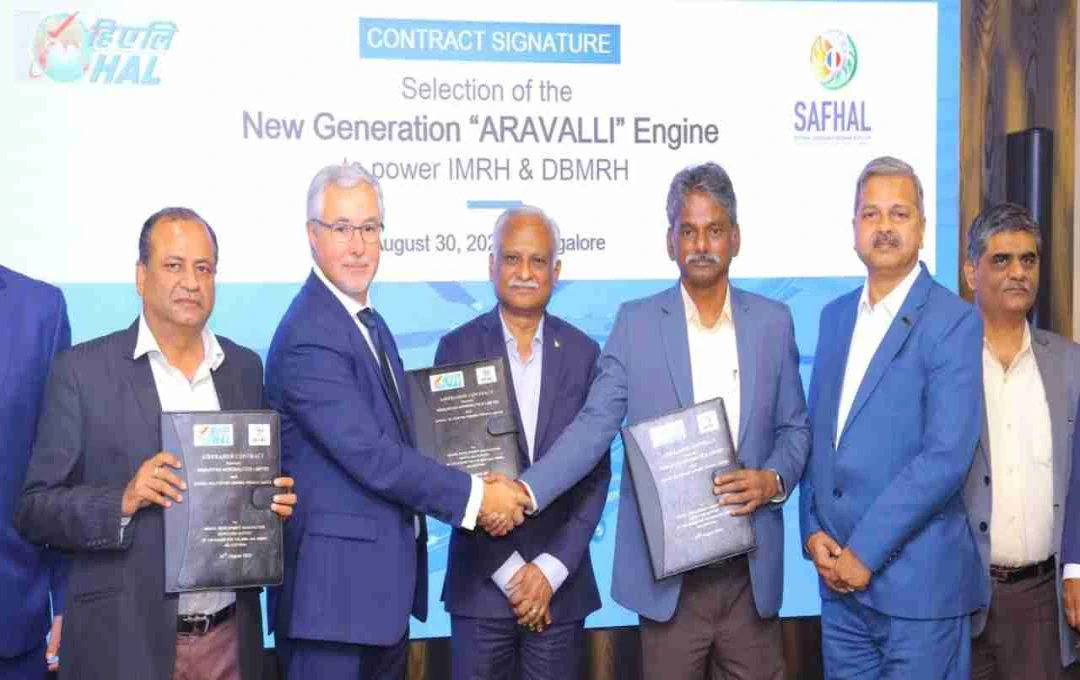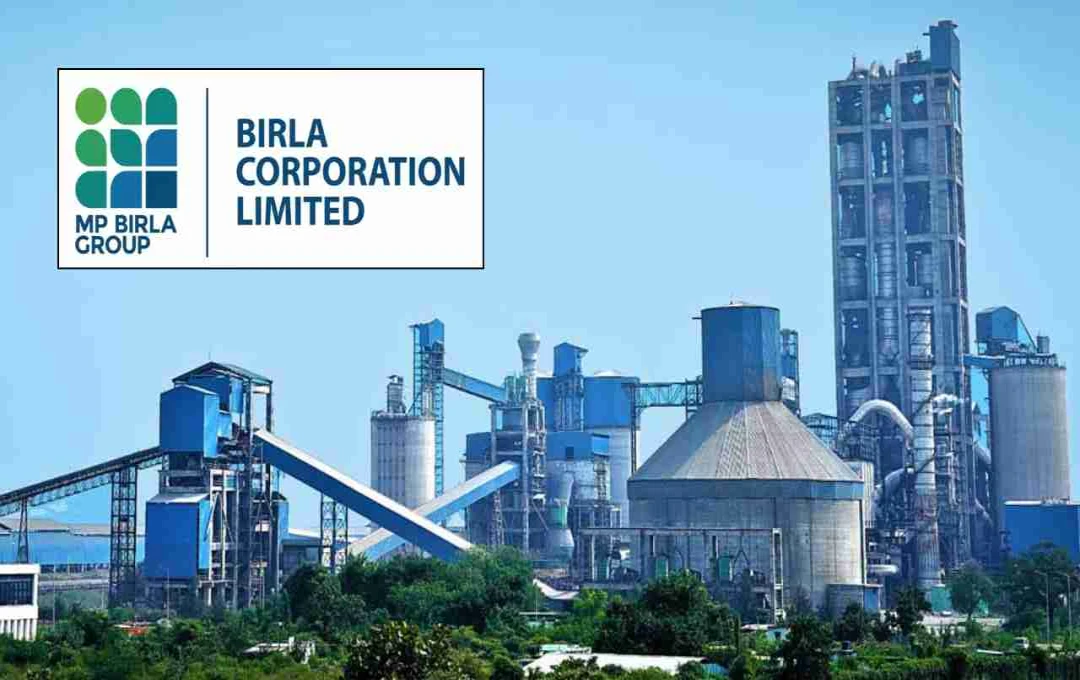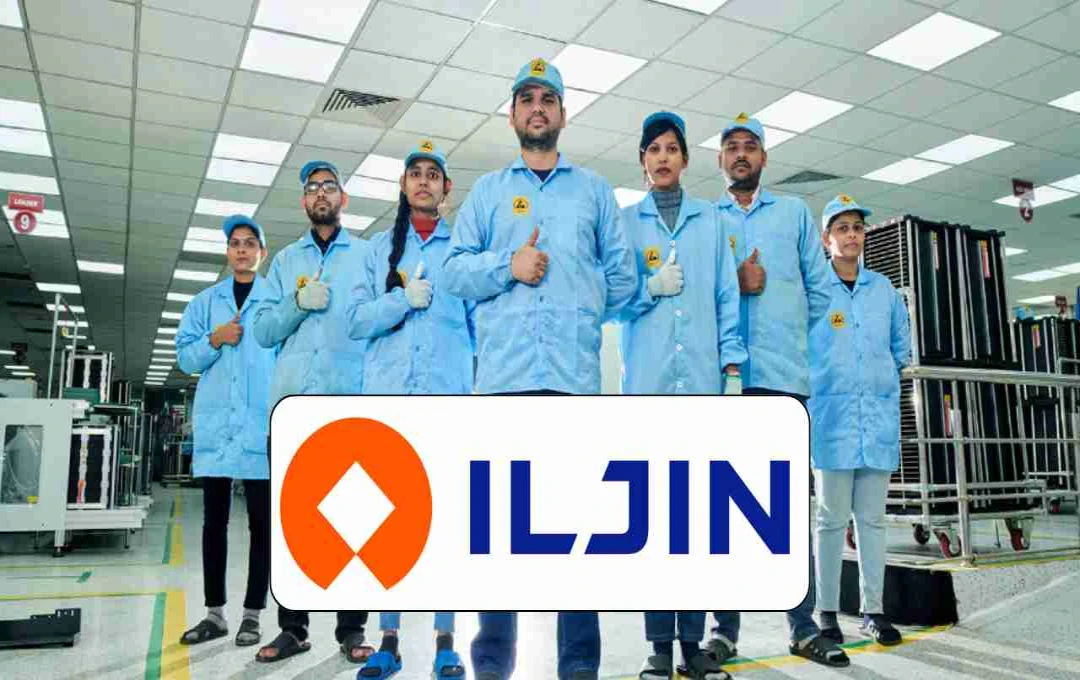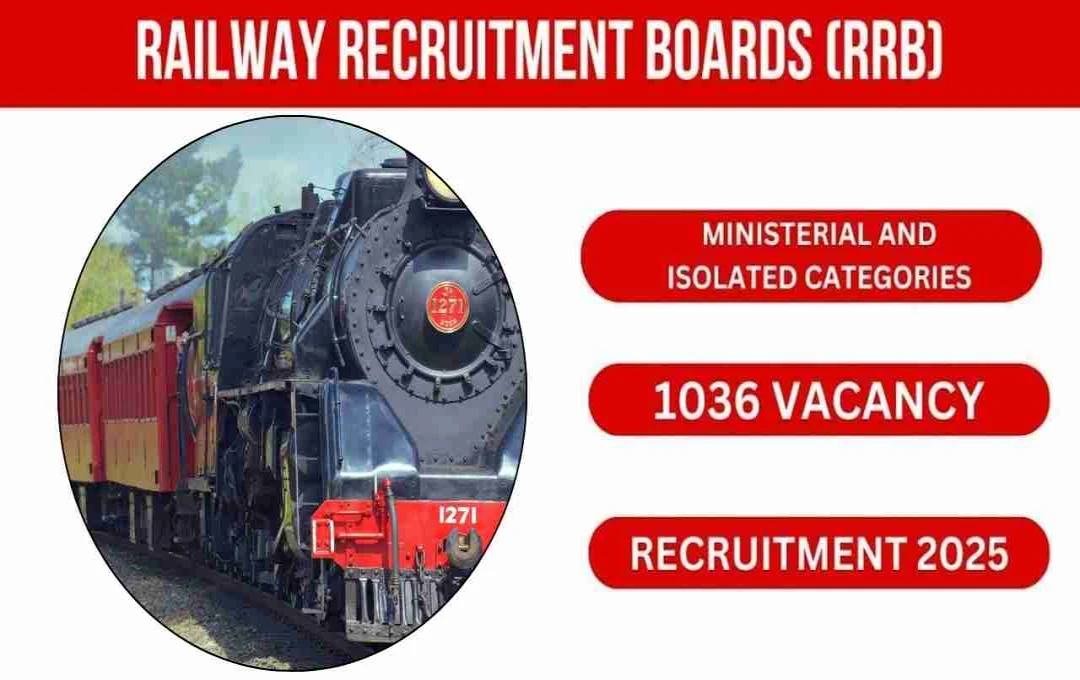HAL is a leading aerospace and defense company involved in the design, development, manufacturing, and maintenance of aircraft, helicopters, engines, and related systems.
HAL: Hindustan Aeronautics Limited (HAL), once on the brink of divestment, is now becoming the backbone of India's defense and aerospace capabilities. Recently, HAL signed a significant industrial agreement with Safran Aircraft Engines, a prestigious French aero-engine manufacturer. This collaboration will propel India's "Make in India" initiative forward. Under this partnership, world-class LEAP engine rotating parts, used in civil aircraft such as the Airbus A320neo and Boeing 737 MAX, will be manufactured in India. This agreement is not merely a commercial deal but a b foundation for India's self-reliance in aviation.
HAL: From Crisis to Empowerment
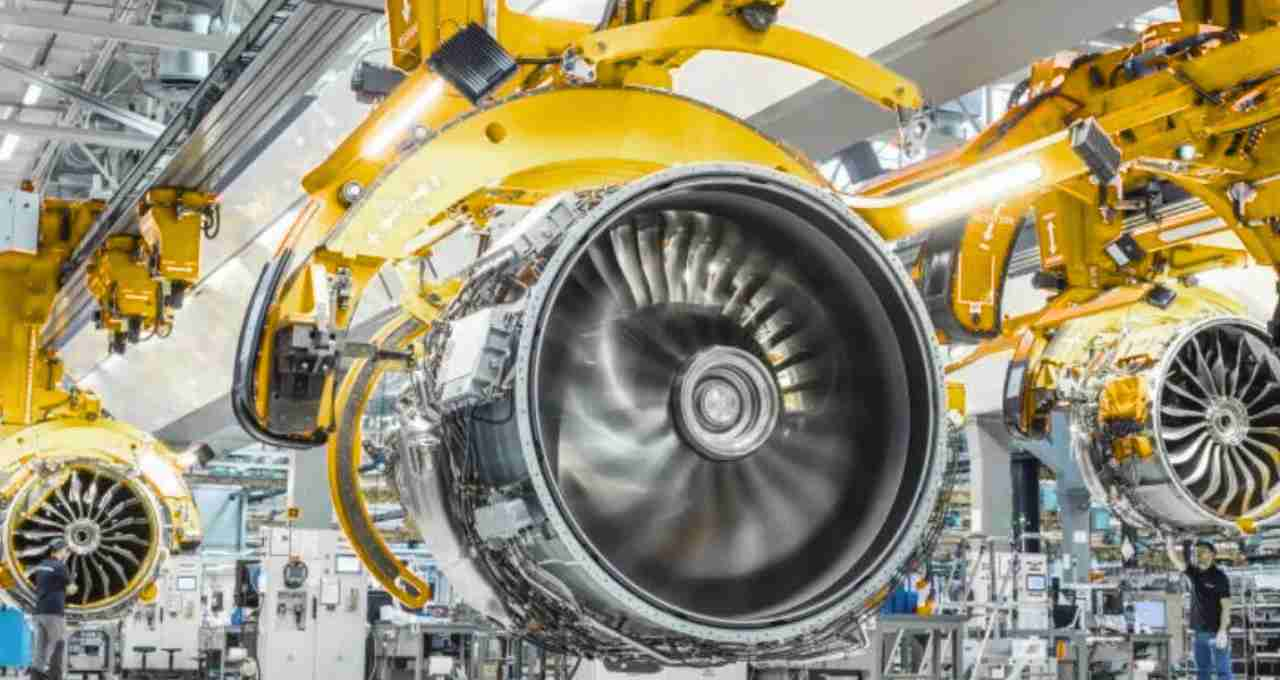
HAL's journey was once fraught with challenges and uncertainty. Until a few years ago, the company faced financial pressures and policy ambiguities, leading to the consideration of divestment. However, strategic government policies and the goal of self-reliance in the defense sector revitalized HAL. It has now emerged as a prominent Navratna public sector undertaking in India.
HAL is a leader in the design, development, and manufacturing of aircraft, helicopters, engines, avionics, and other defense systems. Its role has become crucial in areas such as the Tejas fighter jet, Dhruv helicopter, and now aero-engine manufacturing. The current French partnership is part of this growth trajectory.
Strategic Partnership with Safran Aircraft Engines of France
Safran Aircraft Engines of France is globally renowned for manufacturing advanced aviation engines. This partnership between HAL and Safran is not only industrially significant but also extremely important for technology transfer and global competitiveness.
Under this partnership, rotating parts of the LEAP engine will be manufactured in India. These parts will be made from high-temperature-resistant materials like Inconel, showcasing advanced engineering capabilities. This step will propel India towards becoming a world-class aerospace manufacturing hub.
This agreement expands upon a Memorandum of Understanding (MoU) signed between the two companies in October 2023, and a contract for the manufacturing of forged parts in February 2025. Following these agreements, France is now collaborating with HAL to establish a long-term production facility in India.
Direct Benefits for Make in India
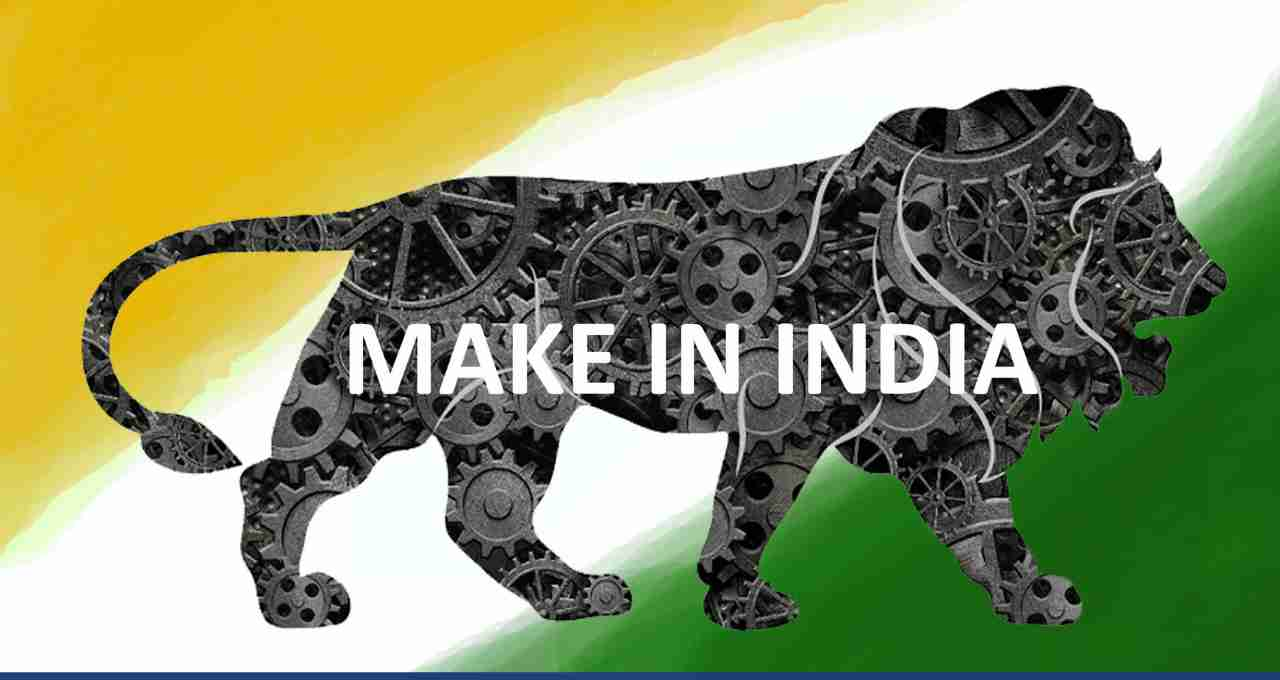
The Indian government's "Make in India" policy aims to make the country self-reliant in defense and technology. This new agreement between HAL and Safran will accelerate this policy. Modern, technologically advanced components like the LEAP engine will now be manufactured in India, reducing foreign dependence and fostering technological skill development within the country.
Furthermore, this will create new opportunities for Indian youth in aerospace engineering and production. Incorporating the local supply chain in manufacturing activities will also boost employment and stimulate the economy.
Stock Market Activity, Increased Investor Interest
Recently, HAL's stock on the BSE was trading at ₹4900.35, showing a slight decline. However, this dip is considered temporary, as the new agreement with Safran may lead to positive growth in HAL's stock price in the future.
HAL's 52-week high was ₹5675 (July 9, 2024), while the low was ₹3045.95 (March 3, 2025). The company's total market capitalization currently exceeds ₹3.27 lakh crore, making it one of India's most valuable government-owned companies.
Market analysts believe that the French partnership and the increase in high-tech production in India will lead to positive long-term growth in HAL's share price.
India's Growing Global Role in Defense Manufacturing
The HAL-Safran partnership is not limited to business; it also strengthens India's global defense position. India is no longer just a buyer of defense equipment; it is strategically advancing through manufacturing, exports, and global partnerships.
The manufacture of advanced components like the LEAP engine in India signals the country's progress towards self-reliance in advanced technologies. In the coming years, India will not only be able to manufacture engines for its fighter jets and helicopters domestically but also export them.
